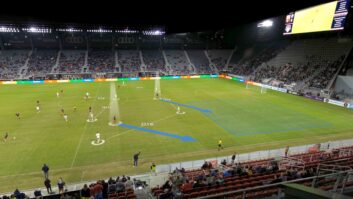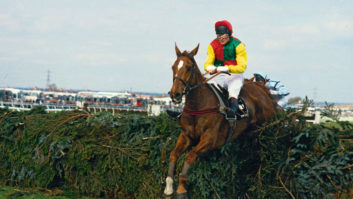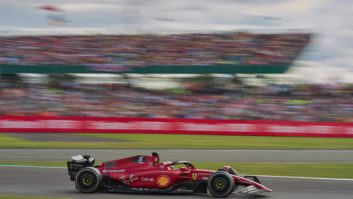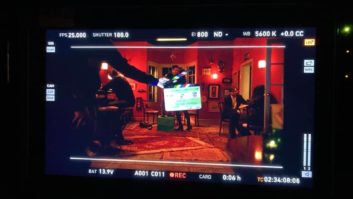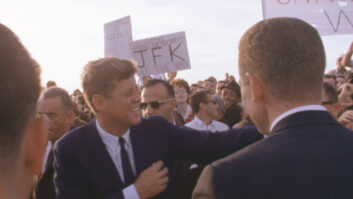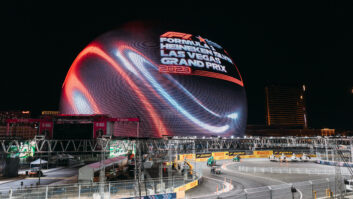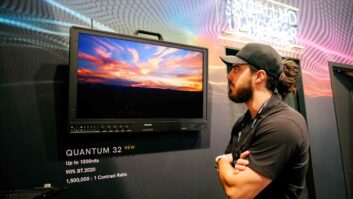Having previously won a BAFTA Award for its work on the Grand National, ITV Sport is aiming to innovate its coverage of this year’s meeting.
The broadcaster will have a 15 strong presenter team and a collective team of over 200 at Aintree, operating across a site that hosts 70,000 people whilst dealing with 54 cameras and a four-hour live show.
“Our racing team cover over 100 race meetings a year, but this is by far our biggest event,” Paul McNamara, senior director and executive producer of ITV’s Grand National coverage, tells TVBEurope.
“We are always looking at ways to innovate to give the millions at home and across the world the best seat in the house.”
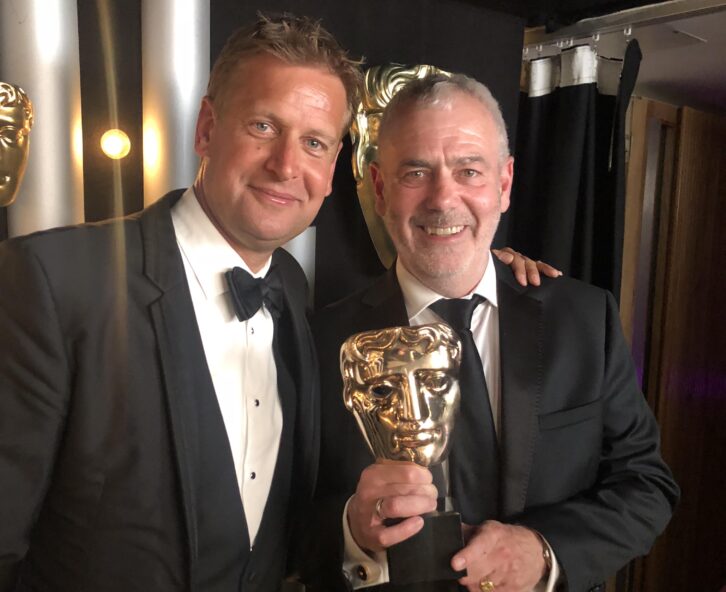
As in 2022, ITV Sport will have two wire cams in operation at Aintree this year, with the one above the parade ring serving two purposes. “Firstly, from this, you get a great vista of the horses going around before each race, the celebrations when they come back and our ITV presenters in their elevated podium position,” explains McNamara. “We also use this camera for AR graphics – so runners and riders, profiles of each horse and jockey and winning results. This enables us to do graphics in a more three-dimensional way.”
The second wire cam is along the front of the grandstand and tracks the horses as they come around the bend towards the Chair, just in front of the stands. It acts a bit like a car tracker but from a great height for more dramatic shots, says McNamara.
“Both are provided by a company called ACS (Aerial Camera Systems) – the cameras are very sturdy, robust and operated remotely.”
Approximately 54 cameras will be used on site in total, including the wire cams as well as very small battery-operated cameras that sit within the fences.
“We use a range of RF cameras for the presenters and there are two Steadicams that follow the horses in the parade ring and as they are coming back in after the races,” says McNamara. “And then we also use a range of cable cameras with miles of cable across the racecourse, two tracker cars, an RF gib on a vehicle, a Heli-cam and a drone. Between them, we have the entire huge Aintree site covered from pretty much every angle.”
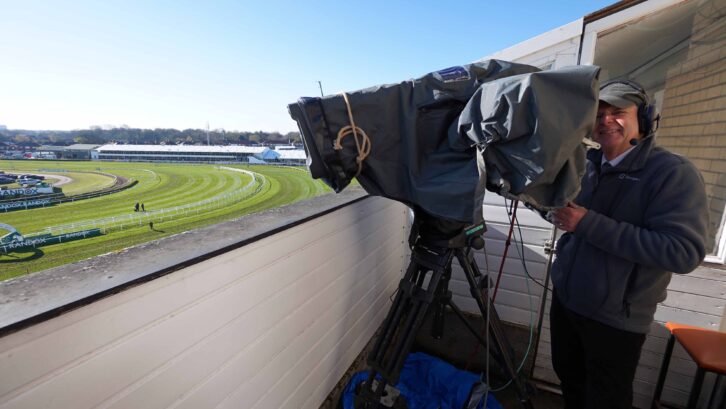
Two trackers cameras will also be in use on vehicles that operate one behind the other. One travelling at normal speed for the live coverage of the horses, and the other providing ultra-high motion for dramatic replays.
“The cars literally follow the horse around the track on a road inside it with a driver and the camera operator working from inside the car.”
As well as the augmented reality graphics via the wire cam, a new addition this year is AR graphics via the drone. “We’ll use this to do things like look at some of fences out on course and explain why Becher’s, Valentines and many of the famous fences are named as they are,” explains McNamara.
“In addition to the AR on the drone, we’ll be trialling a depth of field camera. It has been used at the Superbowl and the Masters in the US and for football in the UK only in the last year. It effectively gives you a crystal-clear shot of the image with the background slightly blurred. So, we’ll be using this for things like horses and jockeys as we go in and out of breaks,” he adds.
“We’ll also use a pole cam, similar to one they use for line outs in rugby, and will put that in the main stand to capture a POV (point of vision) view and the atmosphere in the crowd.”
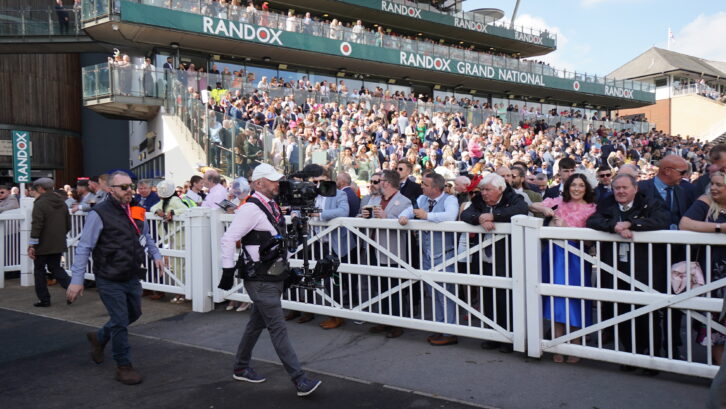
ITV’s coverage of the Grand National Festival begins at 2pm on Thursday April 13th and continues until the big race on Saturday.
